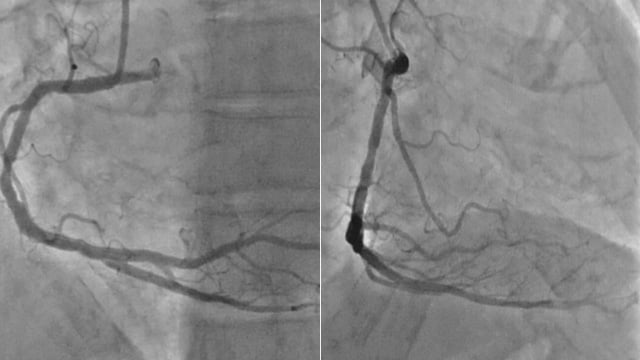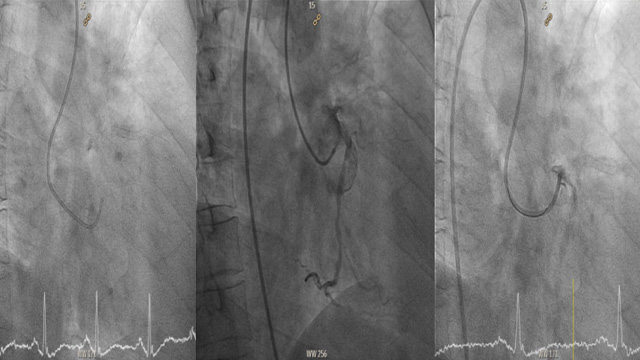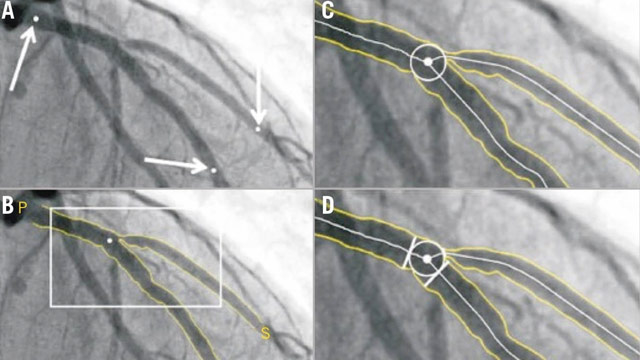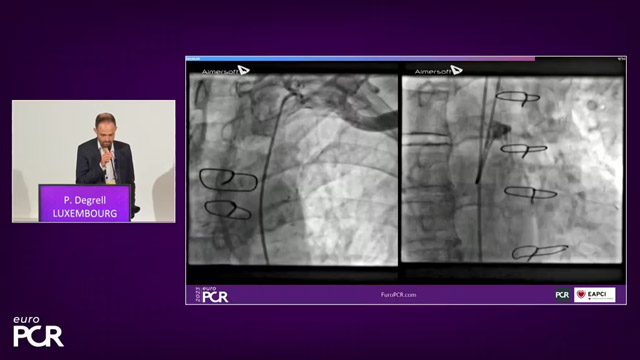Vu Vu
Latest contributions
Redefining precision and performance in TAVI: advancing clinical outcomes with the Evolut FX+ system
10 Oct 2025 – From AICT-AsiaPCR 2025
Delve into advanced transcatheter aortic valve implantation (TAVI) with the Evolut FX plus system, focusing on its application in patients with small annulus and coronary artery disease (CAD). This session details step-by-step deployment, patient selection, imaging analysis, and highlights the distinctions from the previous Evolut R...

Redefining precision and performance in TAVI: advancing clinical outcomes with the Evolut FX+ system
10 Oct 2025 – From AICT-AsiaPCR 2025
Delve into advanced transcatheter aortic valve implantation (TAVI) with the Evolut FX plus system, focusing on its application in patients with small annulus and coronary artery disease (CAD). This session details step-by-step deployment, patient selection, imaging analysis, and highlights the distinctions from the previous Evolut R...

NSTEMI, complex ACS and anatomy
10 Oct 2025 – From AICT-AsiaPCR 2025
This session focuses on complex cases involving non-ST elevation myocardial infarction (NSTEMI), acute coronary syndromes (ACS), and challenging coronary anatomy. It presents unique clinical scenarios such as pediatric rescue PCI, management of significant distal lesions with proximal PCI, anatomical variations complicating interventions, mixed cardiovascular disease management,...

Drug-coated balloons in de novo coronary artery disease
16 May 2024 – From EuroPCR 2024
This session, in collaboration with various cardiology societies, focuses on the use of drug-coated balloons (DCBs) in the treatment of de novo coronary artery disease. It covers the optimal technique for PCI with DCBs, the indications and use of DCBs in small vessels, bifurcations, and multivessel...

Complex and high-risk PCI management
19 May 2023 – From EuroPCR 2023
This session discusses the comparison between high-risk PCI and repeat CABG, exploring current practices of high-risk PCI and strategies for optimizing outcomes in different scenarios, and examining the utilization of mechanical circulation support devices.



